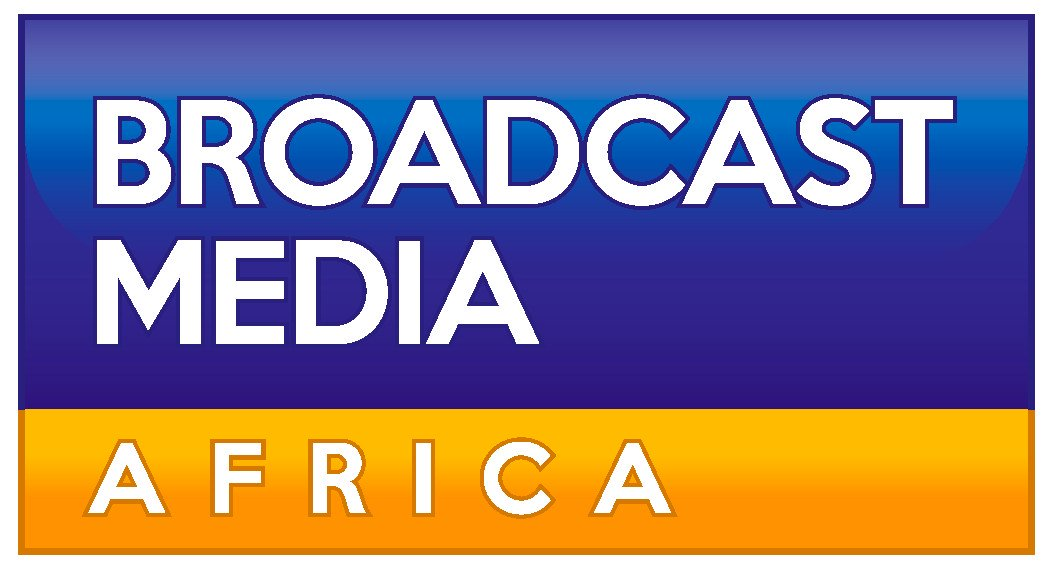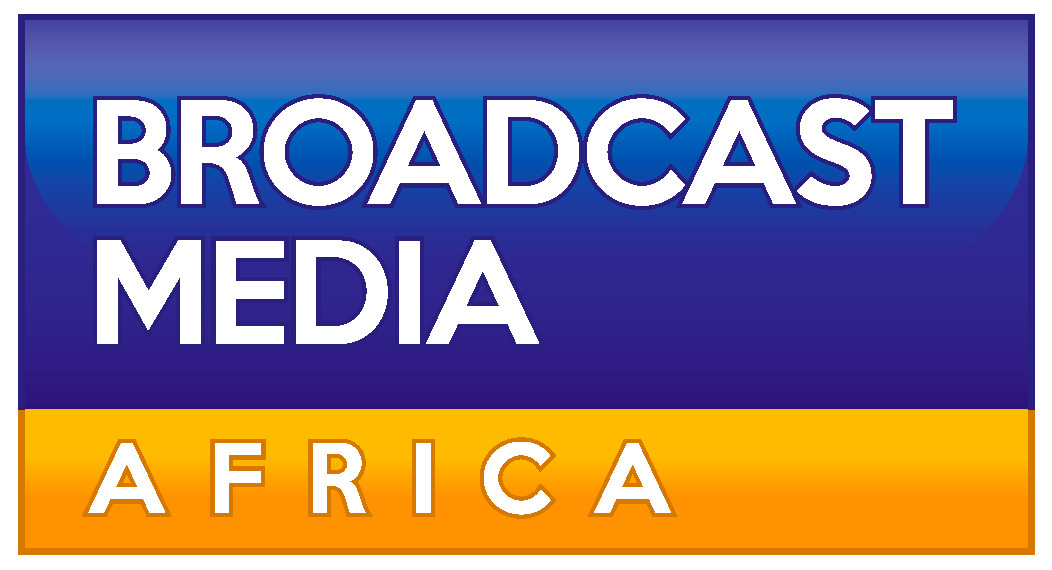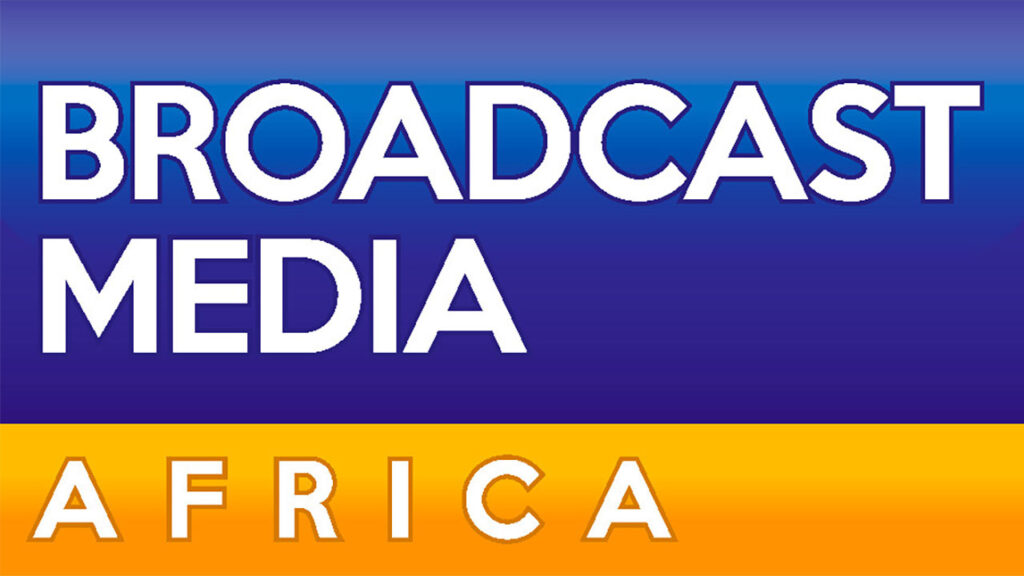

Despite significant advancements in digital media over the past decade, radio and television remain the primary news sources for many Kenyans. This insight comes from the latest Audience Measurement and Industry Trends report by the Communications Authority of Kenya (CA). The report indicates that most Kenyans continue to depend on traditional media for their information and entertainment needs.
According to the CA, the radio sector is particularly dynamic, boasting 159 radio stations providing diverse content. “In the fourth quarter of 2023-24, listeners had a plethora of options available,” the report noted, emphasizing how this variety caters to different preferences. Additionally, the country was served by 121 television stations during the same period, offering a wide array of programming.
The transition to digital terrestrial television in 2015 and increased vernacular radio and television stations have broadened the industry’s reach, particularly among rural audiences. The survey revealed that 80% of respondents used radio for their media consumption, and 97% reported using television and mobile phones.
While traditional radio sets remain the dominant means of listening, mobile phones account for a substantial portion of radio’s audience. The CA pointed out that a significant segment of social media access occurs through mobile devices, highlighting its importance in overall media consumption.
Regions such as South Nyanza and Upper Eastern Kenya reported the highest radio listenership at 86%, with the Western and Lake regions close behind at 85%. In Nairobi, 80% of the surveyed individuals also indicated listening to the radio, whereas the Coast region had a notable television viewership of 86%.
A gender disparity was observed, with women generally having lower access to all media platforms than men. The survey found 82% of men engaged with radio the previous week, compared to 72% of women. Similar patterns were noted across other media platforms, with 68% of men preferring these sources for information compared to only 49% of women.
Interestingly, one in four respondents reported using multiple platforms for their media consumption, with television, radio, and online sources being the top three preferred options. The CA report identified a growing trend of integrated media use, which accounted for 26% of total media consumption during the fourth quarter of the fiscal year 2023-24. This indicates that many people simultaneously interact with various formats, including radio, television, and online content.
The report arrives amid the rising popularity of streaming services in Kenya, with platforms like Netflix, Disney+, and YouTube competing for viewer attention. A separate report by PwC reveals that consumer spending on entertainment and media in Kenya has surpassed pre-COVID levels, predicting continued growth across all segments.
PwC forecasts that Nigeria will experience the highest growth in entertainment and media revenue, expected to double from 2022 to 2027. On the other hand, while print media is projected to decline in South Africa and Nigeria, Kenya is expected to experience growth across all media segments.
In 2022, Kenya’s entertainment and media market expanded by 9.8%, reaching Sh300 billion. PwC projects that the industry will grow to Sh416 billion by 2027, driven notably by internet advertising and over-the-top streaming services. Kenya is predicted to have the fastest growth in global internet advertising revenue, averaging 19.2% annually.
The CA also noted a slight uptick in daily television consumption, which now stands at 54%, whereas daily social media participation has slightly decreased from 47% to 45%. Among younger respondents aged 15-17, online media usage was the most favoured, followed by newspaper reading and radio consumption. Similarly, those aged 18-24 prioritized online platforms over television, newspapers, and radio.
Kenya’s widespread mobile phone usage has propelled internet penetration to some of the highest levels in Africa. Nevertheless, the rapidly changing media landscape presents challenges in capturing and retaining a broad audience in this competitive environment.
The report highlighted that Kiswahili is the most popular language for radio listenership, followed by vernacular languages and English. Swahili stations attract a large audience in the Western and South Nyanza regions, while vernacular stations are most popular in the Lower Eastern and Lake areas. Rapid internet and Pay TV subscription growth has also been noted, especially in Nairobi and other urban centres.











